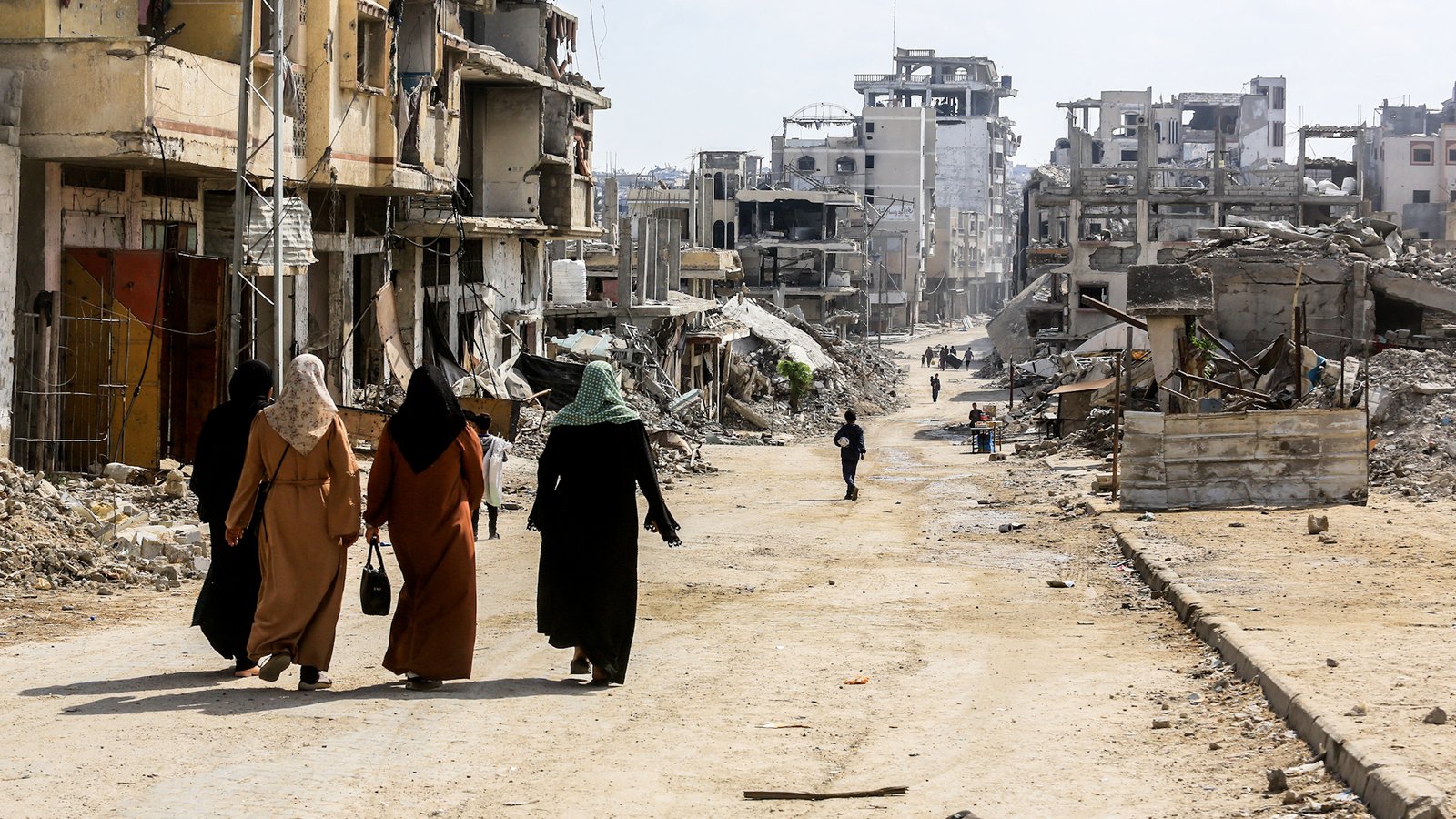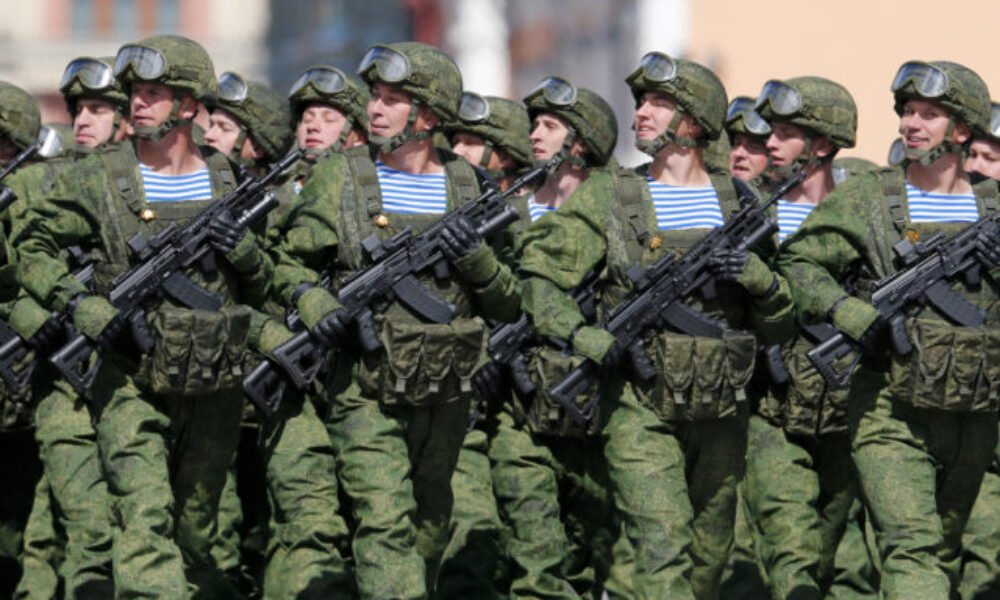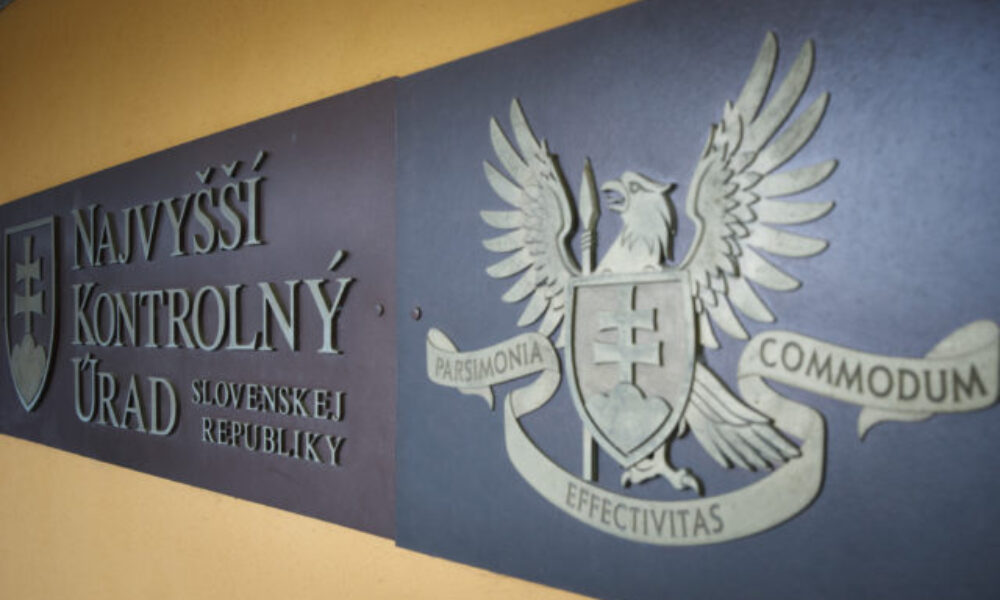
The contours of the fragile ceasefire between Israel and Hamas were beginning to crumble on Sunday, after clashes between the two sides near the Rafah crossing prompted a new wave of Israeli airstrikes and an indefinite pause on all aid flowing into Gaza. It’s the latest development in the region, as both Israel and Hamas accuse each other of violating the nascent agreement.
“The fact that we have already seen this resurgence of fighting before the first phase of the deal has been fully implemented demonstrates how tenuous this deal remains,” Will Todman, senior fellow in the Middle East program at the Center for Strategic and International Studies, told Straight Arrow News. “Far greater challenges lie ahead, including the disarmament of Hamas, the withdrawal of Israeli troops from Gaza, and questions around the governance of Gaza going forward.”

Download the SAN app today to stay up-to-date with Unbiased. Straight Facts™.
Point phone camera here
Is the ceasefire doomed?
Israel launched a series of airstrikes into Gaza on Sunday, killing at least 11 Palestinians and seriously testing the limits of its fragile ceasefire with Hamas, a little more than a week after the agreement was ratified. Speaking to international media outlet Al Jazeera, medical sources in Gaza said that at least 51 people have been killed since the ceasefire came into effect on Oct. 10.
Israeli Defense Forces (IDF) confirmed that they carried out the airstrikes near the Rafah crossing after members of Hamas emerged from the area’s tunnels. The militants allegedly used an anti-tank missile and guns to target the Israeli soldiers, who returned fire.
In a statement, the IDF said that its soldiers were working to dismantle Hamas’ infrastructure at the Rafah crossing, adding, “These terrorist actions constitute a blatant violation of the ceasefire agreement and the IDF will respond firmly.” The IDF confirmed that it killed several of the militants involved in the clash.
For outside observers, it’s difficult to know the extent of any given ceasefire violation, as the complete details of President Donald Trump’s peace plan have not been made public.
“We do not know the exact terms of the ceasefire agreement that Israel and Hamas agreed to, as it has not been announced publicly,” Todman explained. “However, President Trump’s 20-point plan called for an end to all military operations, including aerial bombardment. IDF air strikes violate that clause.”
According to The Guardian, media outlets aligned with Hamas reported that the group was targeting Yasser Abu Shabab, an opposition leader backed by Israel. Hamas also denied that it is working with its members in Rafah, saying communication between the two has been cut off for months. “We are not responsible for any incidents occurring in those areas,” the group said.
It’s a strategy that Todman said Hamas’ establishment wing is using to legitimize its efforts in the wider ceasefire conversation.
“Hamas claims it is adhering to the ceasefire and has distanced itself from reports of Hamas militant fighting in southern Gaza,” Todman told SAN. “Israel is now attempting to reassert its deterrence to keep pressure on Hamas, and Israel will try to argue to the United States that it had no option but to respond to a violation from Hamas.”
Israel reimposes Gaza aid blockade
Following the firefight at the Rafah crossing, the Israeli government ordered the IDF to halt all aid shipments entering Gaza “until further notice.” The directive came on a recommendation from IDF Chief of Staff Eyal Zamir, according to Israeli media outlet Haaretz.
The flow of aid into the Gaza Strip, large swaths of which are suffering from famine and severe levels of malnutrition, was a key provision in the initial phase of the ceasefire agreement.
“In explicitly banning the entry of humanitarian aid into Gaza, Israel is violating another of the points included in President Trump’s plan, which called for ‘full aid’ into the Gaza Strip,” Todman said. “Israel is using aid access as a way of pressuring Hamas and attempting to reassert its deterrence.”
During the war, much of Gaza’s population was displaced, with some having to move multiple times. United Nations experts say as much as 92% of the enclave’s housing units are destroyed, and the World Health Organization stated only 13 of Gaza’s 36 hospitals are still operational. Because Israel has restricted or halted aid altogether, organizations and experts declared a famine in Gaza City.
“Israel wants to ensure that nothing enters Gaza that could allow Hamas to reconstitute its capacity to threaten Israel,” Todman said. “Throughout the war, Israel has taken an expansive interpretation of which items could serve a dual use, meaning they could be used for civilian or military purposes, and has imposed tight restrictions on border crossings. It will be impossible to reconstruct Gaza without these kinds of goods, so a shift in Israel’s threat tolerance will be necessary.”
Airstrikes kill at least 9 across Gaza
While the initial fighting between the IDF and Hamas near the Rafah crossing appeared to be limited to combatants from either side, elsewhere in Gaza, Israeli airstrikes killed at least nine people on Sunday, The Associated Press reports.
Six Palestinians were killed in central Gaza when an airstrike hit a coffee shop. At least two other people died in a strike on a soccer pitch in the Nuseirat refugee camp. One other person died in a strike near Khan Younis’ Muwasi region. An IDF official confirmed the three strikes to reporters on Sunday.
In a statement following the attacks, the Israeli military accused Hamas of violating the ceasefire agreement. “In response to the blatant violation of the ceasefire agreement earlier today, the IDF has begun a series of strikes against Hamas terror targets in the southern Gaza Strip,” it said in a statement.
Hamas similarly accused Israel of ceasefire violations ahead of the weekend, resulting in the death of 38 Palestinians. On Friday night, Gaza’s civil defense said 11 people from the same family were killed when an Israeli tank shell hit a bus they were in.
“The guarantors of the ceasefire agreement must exert continuous pressure on both Israel and Hamas to stand any chance of upholding the ceasefire agreement,” Todman said. “Senior leaders, including President Trump, must also remain closely engaged on the file for it to stand a chance of succeeding. The risk that an isolated incident or a miscalculation can escalate and unravel the whole deal remains.”
US State Department weighs in
Late Saturday night, the U.S. State Department weighed in, saying it had “credible reports” of an “imminent ceasefire violation by Hamas against the people of Gaza.” Without elaborating, the agency said Hamas was planning an attack on Palestinian civilians living in the Strip. “Should Hamas proceed with this attack, measures will be taken to protect the people of Gaza and preserve the integrity of the ceasefire,” the department posted to X.
Hamas refuted the State Department’s assessment and accused it of parroting Israeli propaganda.
“The facts on the ground reveal the exact opposite, as the occupation authorities are the ones who formed, armed, and funded criminal gangs that carried out killings, kidnappings, theft of aid trucks, and assaults against Palestinian civilians,” Hamas said in a statement. “They have openly admitted their crimes through media and video clips, confirming the occupation’s involvement in spreading chaos and disrupting security.” The group went on to say its police forces enjoy “broad popular and community support.”
In the wake of Sunday’s attacks, it was reported that Israel had notified Washington ahead of time. However, neither the White House nor the State Department commented on Sunday.
“Guarantors of the ceasefire agreement will not be able to ignore the renewal of hostilities. They will attempt to ensure that the resurgence of military operations is limited, and they have an interest in not depicting the airstrikes as a return to full-scale war,” Todman told SAN, adding, “Behind the scenes, U.S. officials are likely calling for Israel to exercise restraint.”
Returning hostage remains
Meanwhile, Hamas continues to turn over the remains of hostages as part of the first phase of the current ceasefire agreement.
Hamas was supposed to return the bodies of 28 slain hostages by midday this past Monday, but the group has maintained that, due to the widespread destruction of Gaza, locating all of the remains will take time. Some bodies are buried in tunnels wrecked in Israeli strikes, while others are under the rubble of bombed-out structures.
So far, Hamas has given back roughly half of the hostages’ remains, one of whom was identified by Israel as Eliyahu Margalit on Saturday. Also on Saturday, Hamas transferred “two coffins of deceased hostages” to Israeli custody, the Israel Defense Forces said.
Sunday saw the return of two more bodies –– Ronen Engle, who was abducted from a kibbutz when Hamas launched its surprise attack on Israel on Oct. 7, 2023, as well as Sonthaya Oakkharasri, a Thai national who was working as an agricultural hand.
Netanyahu said Saturday that the opening of the Rafah border crossing “will be under consideration in accordance with the manner in which Hamas implements its part in return of the deceased hostages.”
Gaza Ministry of Health officials said the bodies of 15 Palestinians were released by Israel on Saturday. The International Committee of the Red Cross took them to Nasser Hospital, according to Al Jazeera, bringing the total number of bodies returned by Israel to 135. Many of them, Gaza’s Ministry of Health said, show signs of torture.
contributed to this report.










